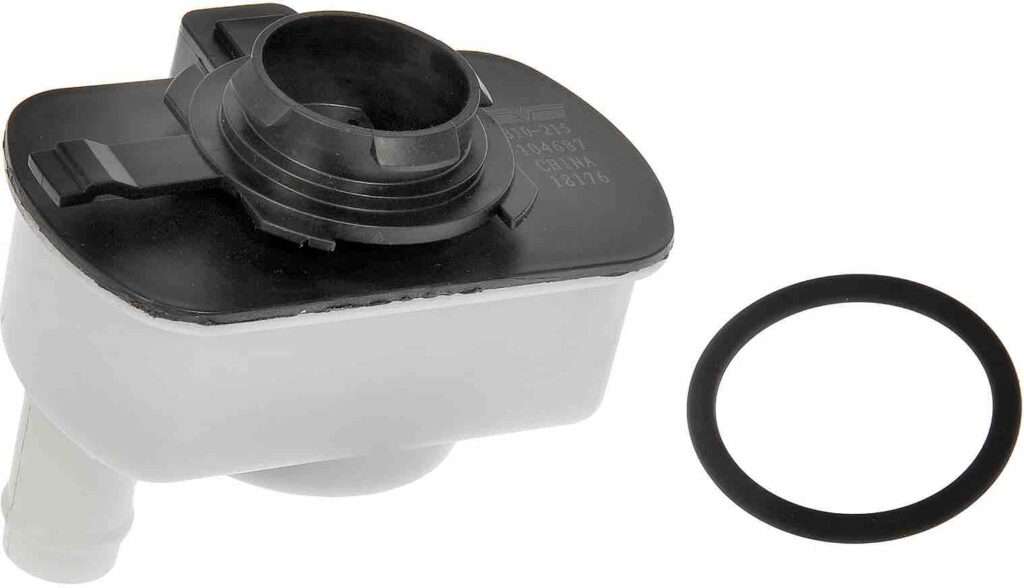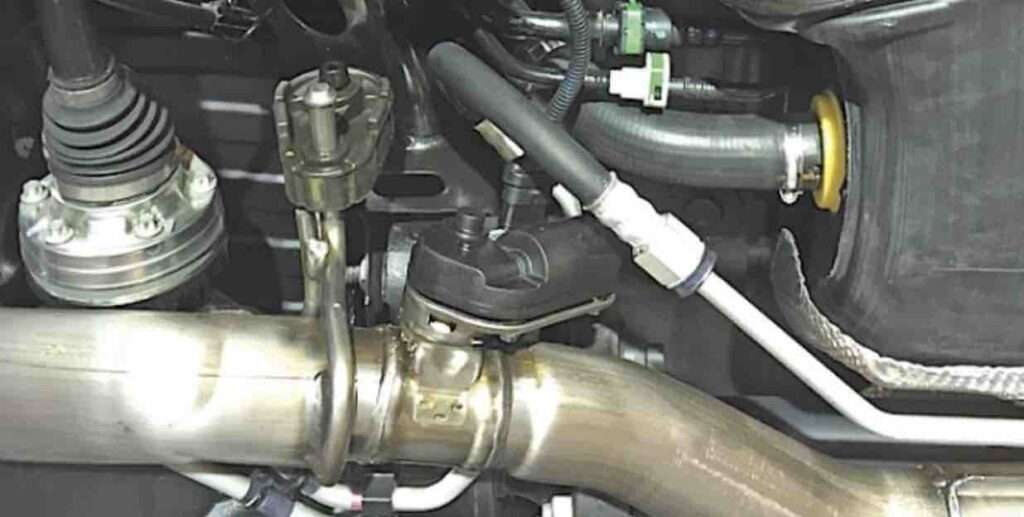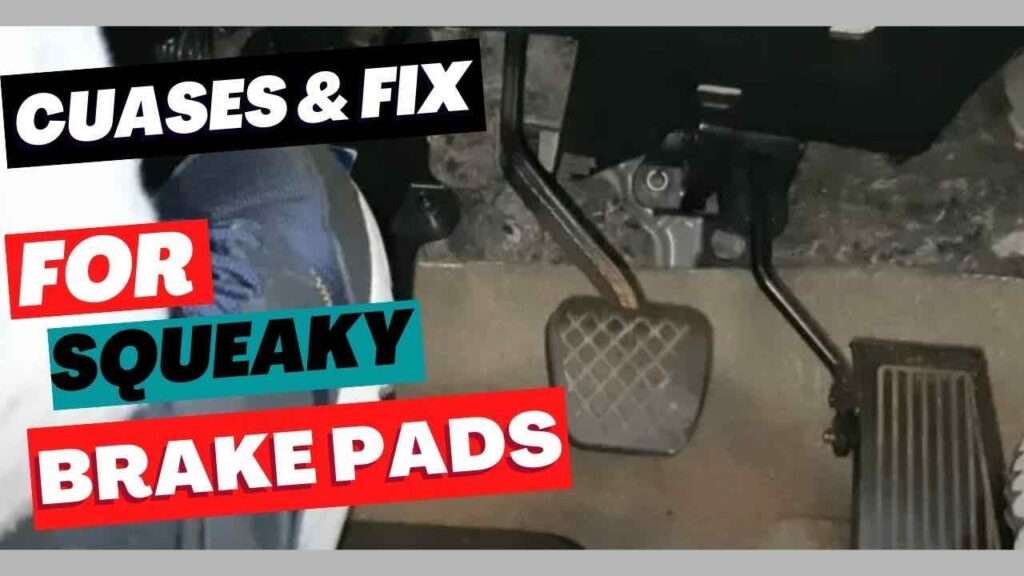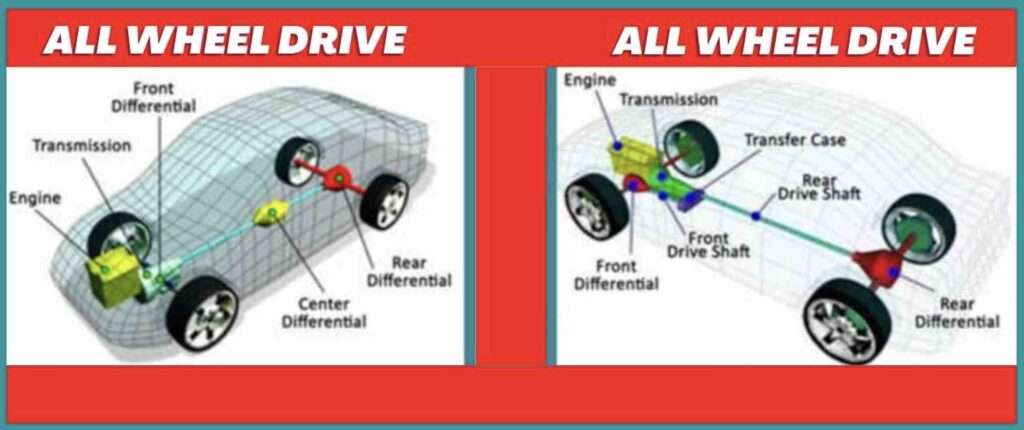How To Fix Evaporative Emission System Leak? In modern vehicles, technology has become the internal sight and sound that watches and detects everything happening whenever you start your car. The calibration of the vehicle system is to acceptable levels, so if any part works beyond that measure, the system alerts you using the dashboard lights.

The EVAP system is a vital part of your car’s pollution control feature that helps to contain any fuel vapor from escaping the gasoline tank. Additionally, the EVAP serves another purpose of keeping dangerous fumes from entering your vehicle’s cabin.
Similarly, the EVAP system collects and condenses fuel vapors as your vehicle sits or runs. The sealed fuel tank is vacuum controlled and consists of purge-control solenoids for its process. So, when the engine starts, a vacuum draws fumes into the charcoal canister, where vapors are collected and condensed through the purge solenoid and pressure sensor mechanism.
So far, if the EVAP system fails to retain the fuel vapors from escaping, it will impact the check engine light on your dashboard. This post will tender solutions to these queries ranging from; can EVAP leak be fixed at home, how long does it take to fix an EVAP leak, what causes an evaporative emission system leak, how much does it cost to repair evaporative emissions, and more.
Be patient to read through this work as I get started right away!
Can EVAP Leak Be Fixed At Home?
Of course, you can fix it at home! However, fixing EVAP leaks at home is possible if you can get the services of a certified mechanic. That said, the mechanic would diagnose the issue, interpret the trouble codes and proffer solutions to the problem using a particular smoke machine that a few DIYers may have yet to.
Suppose you are capable of doing it; great! You would need the necessary tools and components to do it effectively. With proper attention and care, you can reduce the likelihood of experiencing future EVAP leaks as you keep yourself and the environment safe.
How Long Does It Take To Fix EVAP Leak?
The time frame for fixing the EVAP leak depends on the cause and how experienced you or the mechanic are. Hence, it can take about a few minutes to a couple of hours to fix the EVAP leaks. Although, a leaking EVAP system can cause a hazardous situation. It would help if you fixed it as soon as you located the leak position using the OBD II scanner tool. On the other hand, I would recommend you drive with an EVAP leak for a maximum of 30 to 50 miles.
What Causes An Evaporative Emission System Leak?
The common causes of the evaporative emission system leak include the following;
- Your gas cap is improperly attached, or it is either loose.
- Tiny leak or crack in a fuel vapor hose.
- The gas cap doesn’t meet your manufacturer’s standards.
- A faulty vent seal or purge valve.
- Your car EVAP system has a defective leak detection pump.
- Fuel tank leaking.

How to fix an Evaporative emission system leak detected a large leak that is not gas cap
You can fix a car that failed the yearly state inspection because it had a problem with a po455 code which is an EVAP leak-dictated code. This code means that there’s a large leak in the EVAP system, a lot of times, it may just bad a bad gas cap, but whereby you just changed your gas caps and the code came back on, then the most likely cause of the large leak is due to a bad EVAP canister vent valve. This allows the EVAP canister to vent, and most times, the valves break down.
Inside, and they vent all the time creating a large leak, now these valves are generally by the EVAP canister, and if you don’t know where that is you can always google the location for your specific vehicle. For most car they are underneath the car so you will need to jack up the car and it’s just behind the gas tank when we jack up the car and crawl under it we can see there’s a valve right inside.
Then you just have to disconnect the electrical connection and pull it out. if you have big hands you may have to take a lot of stuff apart otherwise try to squeeze your hands in, then grab the valve, twist it to the left, and comes out of the hole.
There’s a rubber seal to note when you get it out; compare that to the new one, make sure that they are the same, and need s to have the same electrical connection
- Now you want to put it back in place and then snap it in place, so it doesn’t leak.
- First, snap the electrical connection on, and after that put a little lithium grease on it.
- Slide the valve in the hole so it’ll fit in and won’t bind, then twisting that locks it in place, so it doesn’t come out and you
- Slide the hose over the end
- If you are not able to follow you may need professional mechanics to test and resolve the issues
- These steps can also be applied to evaporative emission system leak detected very small leak
How Do You Fix Evaporative Emission System Leak Detected?
Detecting an EVAP leak can be complex most times. The most straightforward fix to EVAP leaks is replacing your vehicle’s gas cap. The loose or broken seals can impact the emission levels, so inspect the O ring since it can stretch over time.
Similarly, inspect the vacuum feed line, which feeds from the engine intake manifold to the control valve of the EVAP system. Likewise, the heating and vibration of the engine can cause the rubber feed line to deteriorate. Furthermore, you should replace the charcoal canister if it becomes lousy when you notice emission issues in your vehicle.
Similarly, you could use a BOD II scanner tool to diagnose trouble codes. About the evaporative emission system leak, here are a few DTCs below;
- P0440 – Evaporative Emission Control System
- P0442 – Evaporative Emission Control System Leak Detected (Small Leak)
- P0455 – Evaporative Emission Control System Leak Detected (Gross Leak)
- P0456 – Evaporative Emission Control System Leak Detected (Very Small Leak)
- P0457 – Evaporative Emission Control System Leak Detected (Fuel Cap Off/Loose)
- P1440 – Purge Valve Stuck Open
- P1442 – Evaporative Emission Control System Leak Detected
- P1443 – Evaporative Emission Control System Valve Malfunctions
- P1455 – Evaporative Emission Control System Leak Detected (No Flow/Gross Leak)
How do you fix evaporative emission system leak detected
The easiest fix for a P0442 leak-detected code issue is to remove and reattach the gas cap, or you may need to replace it entirely. But first, remove and reattach the gas cap and after you have done this, turn off the OBD-II diagnostic scanner. Drive your car for a few more days. If the P0442 leak detected code does not appear in around 6 to 10 days, then know that your gas cap must have been the reason for the code in the first place.
And it returns to remove and reattach the gas cap and diven for days; then there is a possibility that your gas cap may have gone damaged or isn’t compatible with your EVAP system. in this case, you should replace your cap with an OEM. Thenclear the code with your scanner and then test drive the vehicle to verify that the check engine light is still on.
If you are unable to fix the problem by tightening or replacing the fuel cap on your vehicle, then you need to check your EVAP system. A visual inspection will reveal any cracks, tears, or holes in your system’s tubes and/or hoses. Replace any damaged parts if you find them.
How Much Does It Cost To Repair Evaporative Emissions?
The cost of repairing evaporative emissions depends on three factors; the brand/model of the vehicle, the typical components, and the extent of damages. Generally, it would cost about $200 to $400, including labor and parts costs.
On the off chance that you are experiencing several problems, replace the entire EVAP system. As such, you could pay up to $500 to $600 for the repair.
How To Fix Evaporative Emission System Leak?
Finding the cause of the EVAP leaks can be complex, except the leak comes from the gas cap. Therefore, the steps below would be necessary to fix the EVAP leaks.
- Check if the gas cap is firm on your gas tank. If no leak occurs, then park your car on a level surface.
- Use a floor jack to lift the front end of the vehicle. Then secure it with a couple of jack stands.
- Access the service port adapter within the engine’s compartment. That is, near the passenger side.
- Put a smoke machine tester’s hose into the service port adapter.
- Turn on the smoke machine as you push the TEST mode button.
- For 60 seconds, allow the smoke to fill the EVAP system. Ensure to dim the light in the workshop or garage.
- Inspect the EVAP system as you run the UV light underneath the vehicle through the system’s path and to the rear fuel tank. If smoke leaks, it will illuminate in the UV light.
- If you discover any cracked hose within the system, ensure to replace it.
- Start your vehicle idly for a few minutes as you allow it to build the correct pressure to test the repairs. If there are still leaks, replace the entire EVAP system.
Conclusion
Finally, vehicles run on fuel vapors, and EVAP leaks can harm the environment and humans. Health challenges such as lung diseases, asthma, climate change, and smog are a few problems related to evaporative emissions.
So far, EVAP leaks are complex to identify, but you can find and fix them using the proper steps. Remember, it is recommended to only drive with an EVAP leak for 30 miles to 50 miles as you plan for a budget of $200 to $ 600 to repair the leak. However, I suggest you get a professional who will use the BOD II scanner tool to do the needful. Do well to share this write-up with others!

Uchenna is a Radiographer and Auto parts mechanic who recently got his automotive diploma as an auto repair technician, and since then, has worked on fixing various car problems.
Working as just a radiographer, Uchenna didn’t just get all the fulfillment he desired, because he truly loved doing things tilted toward cars. As a kid, he would take apart his toy cars to see how they worked and would spend hours tinkering with his bike.
So, in 2017 he made the tough decision to become an auto mechanic. He threw himself into his studies and now loves every aspect of what he does.
He gets to work with his hands, solving problems and bringing cars back to life, and sharing his knowledge and easy quick-fix guide online are all part of what makes him feel fulfilled.



